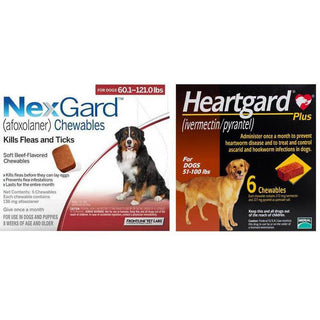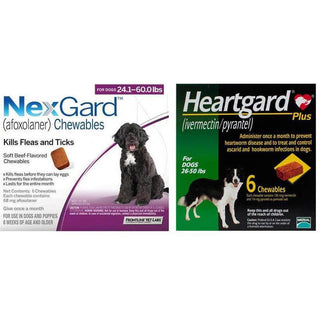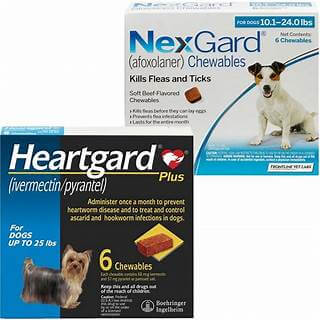
Introduction
Water is just as important for dogs as it is for humans. From regulating body temperature to aiding digestion, hydration plays a vital role in your dog’s overall health. But how much water should your dog drink in a day? The answer depends on several factors, including age, size, diet, and activity level.
In this blog, we’ll break down the daily water requirements for dogs, warning signs of dehydration, and how to ensure your dog stays hydrated year-round—all backed by veterinary advice.
Why Water Intake Matters for Dogs
Water is essential for nearly every bodily function. It helps with:
- Digestion and nutrient absorption
- Joint lubrication
- Temperature regulation
- Organ function
- Waste elimination through urine and feces
Even mild dehydration can impact your dog’s energy levels, organ health, and immune system.
How Much Water Should a Dog Drink Daily?
General Rule of Thumb:
A healthy dog should drink about 1 ounce of water per pound of body weight per day.
For example:
- A 10-pound dog needs approximately 10 ounces of water daily
- A 50-pound dog should consume about 50 ounces (roughly 1.5 liters) of water per day
This is a starting point—individual needs can vary.
Factors That Affect Your Dog’s Water Needs
Size and Weight
Larger dogs naturally need more water than smaller breeds.
Age
Puppies and senior dogs may need closer monitoring to ensure they stay hydrated.
Activity Level
Highly active dogs, especially working breeds or those in hot climates, will need more water to compensate for fluid loss through panting.
Diet
Dogs fed dry kibble usually need more water than those on a wet or raw diet, which contains higher moisture content.
Weather and Climate
In hot, humid environments, dogs can become dehydrated quickly. Ensure that clean, fresh water is always readily available.
Medical Conditions
Illnesses such as diabetes, kidney disease, or infections may cause increased thirst or dehydration. Always consult your vet if your dog’s drinking habits change suddenly.
Signs Your Dog May Be Dehydrated
Recognizing early signs of dehydration can prevent more serious health issues:
- Dry nose or gums
- Sunken eyes
- Lethargy or weakness
- Loss of skin elasticity (do the “skin tent” test: gently pull up the skin on the back of the neck—if it doesn’t snap back, your dog may be dehydrated)
- Excessive panting
- Dark yellow or little urine
If your dog shows any of these symptoms, offer water immediately and consult your vet.
Tips to Help Your Dog Stay Hydrated and Drink More Water
Some dogs may not drink enough, especially when they’re not very active or in cooler weather. Here are some tips to help:
- Clean the water bowl daily to remove dirt or bacteria
- Use a pet fountain – the flowing water often attracts dogs to drink more
- Add ice cubes or low-sodium broth to their water for flavor
- Place multiple water bowls around the house
- Add moisture to their food, mainly if your dog eats dry kibble
- Use water-rich treats like cucumber or watermelon (in moderation and without seeds)
When to See a Vet
Monitor your dog’s drinking habits regularly. Both excessive drinking (polydipsia) and drinking too little can be signs of underlying health issues. If your dog suddenly drinks far more or far less than usual, consult your veterinarian.
Travel and Hydration Tips
Whether you're heading to the beach or going for a hike, don't forget your dog’s hydration needs:
- Bring along a travel-friendly pet water bottle or foldable bowl, and make sure to offer your dog a drink every 30 to 60 minutes during outdoor adventures or physical activities.
- Avoid walking in extreme heat, and always provide shade
Final Thoughts
Hydration is a simple but critical part of your dog’s health. By understanding how much water your dog needs and recognizing the symptoms of dehydration, you can take daily steps to ensure their well-being.
Always provide clean, fresh water and adjust it for factors such as diet, weather, and activity level. If in doubt, your vet is your best guide.






